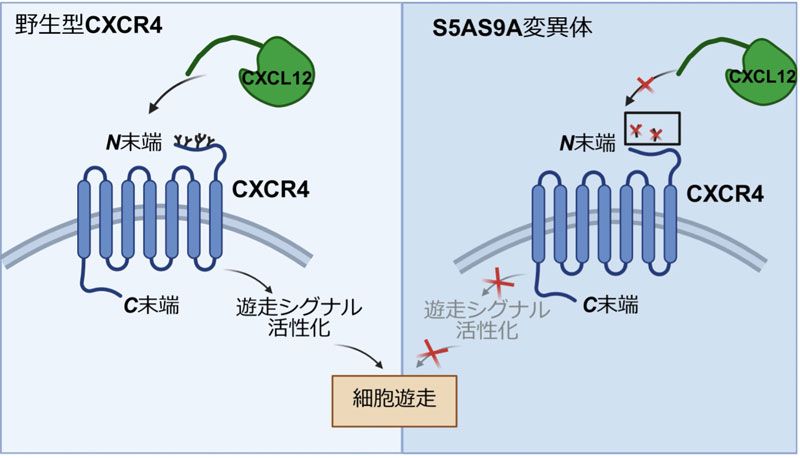2025-05-08 北京大学(PKU)
<関連情報>
- https://newsen.pku.edu.cn/news_events/news/research/14897.html
- https://www.cell.com/cell/abstract/S0092-8674(25)00394-0
組織形状が細菌感染を時空間的に駆動する Tissue geometry spatiotemporally drives bacterial infections
Yiming Han ∙ Xiaoye Liu,, ∙ Shaoqi Qu ∙ … ∙ Shuqiang Huang ∙ Jianyong Huang ∙ Kui Zhu
Cell Published:April 21, 2025
DOI:https://doi.org/10.1016/j.cell.2025.03.042
Graphical abstract

Highlights
- Tissue geometry drives the formation of patterned bacterial infection
- Cellular traction forces modulate heterogeneous Piezo1 localization
- Piezo1 accelerates the formation of bacterial marginal invasion patterns
- Tissue geometry inspires the development of precise drug delivery
Summary
Epithelial tissues serve as the first line of host against bacterial infections. The self-organization of epithelial tissues continuously adapts to the architecture and mechanics of microenvironments, thereby dynamically impacting the initial niche of infections. However, the mechanism by which tissue geometry regulates bacterial infection remains poorly understood. Here, we showed geometry-guided infection patterns of bacteria in epithelial tissues using bioengineering strategies. We discovered that cellular traction forces play a crucial role in the regulation of bacterial invasive sites and marginal infection patterns in epithelial monolayers through triggering co-localization of mechanosensitive ion channel protein Piezo1 with bacteria. Further, we developed precise mechanobiology-based strategies to potentiate the antibacterial efficacy in animal models of wound and intestinal infection. Our findings demonstrate that tissue geometry exerts a key impact on mediating spatiotemporal infections of bacteria, which has important implications for the discovery and development of alternative strategies against bacterial infections.


